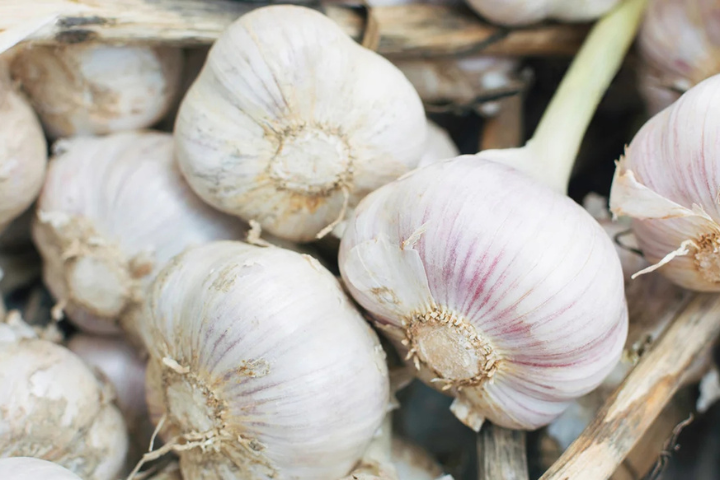A woman has come forward claiming she suffers from porphyria, a rare blood disorder often dubbed the “vampire disease” due to its historical connections to vampire folklore. This condition, which shares a suspected link to Vlad III—known as Dracula—causes extreme sensitivity to sunlight and can lead to painful symptoms when exposed. The woman’s statement, “Garlic can kill me,” highlights the dietary restrictions and challenges faced by those living with this condition.
Understanding Porphyria: Symptoms and Types
Porphyria encompasses a group of disorders that affect the skin or nervous system, primarily due to a buildup of porphyrins in the body. There are two main types:
- Acute Porphyrias: These primarily affect the nervous system and can cause severe abdominal pain, nausea, and mental disturbances.
- Cutaneous Porphyrias: These mainly impact the skin, leading to blistering and sensitivity after sun exposure. Porphyria cutanea tarda (PCT) is the most common form, where symptoms manifest prominently on sun-exposed areas of the body.
“Individuals with PCT often develop painful blisters and skin lesions when exposed to sunlight,” explains medical experts. This connection to light sensitivity has fueled associations with vampire myths.
The Garlic Connection
The woman’s claim that “garlic can kill me” stems from the fact that certain foods, particularly those high in sulfur like garlic, can trigger acute attacks in individuals with specific types of porphyria. Historically, garlic’s association with vampires—who are said to be repelled by it—may have roots in these medical realities.
“Garlic could exacerbate symptoms for those with acute forms of porphyria,” notes health professionals, further intertwining medical facts with folklore.
Ms. Nightingale’s health requires her to strictly avoid items that contain sulfur. “Eating large quantities or for a long time could be lethal,” she stated. It can be difficult for her to go about her everyday life when symptoms come on abruptly or take weeks to develop. “I take great care with what I put into my body. I stay away from food a lot. I do what I know is secure. She revealed, “I can’t even take most medications.”
She claims, “I could never eat garlic bread,” and has avoided garlic ever since receiving her diagnosis. It might lead to an attack on me. She may throw up to 60 times throughout the days-long, incapacitating episodes, which can also cause breathing problems.
The pain is worse than childbirth, she added, adding, “I’ve had over 480 attacks in my life, looking for answers, desperate for a diagnosis that only came last year.” “I had an attack that lasted for forty hours and I chose not to go to the hospital. There was constant vomiting, fainting, yelling, and sobbing.
Historical context
The legendary Count Dracula is believed to have been inspired by Vlad III, a 15th-century ruler known for his brutal tactics. Some historians speculate that Vlad may have suffered from porphyria, which could explain his aversion to sunlight and other peculiar behaviors attributed to him.
“Vlad’s symptoms may have contributed to the vampire lore that emerged around him,” says a historian specializing in folklore. This historical connection adds depth to the understanding of how medical conditions can shape cultural narratives.




GIPHY App Key not set. Please check settings